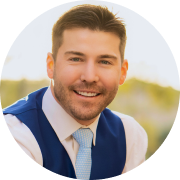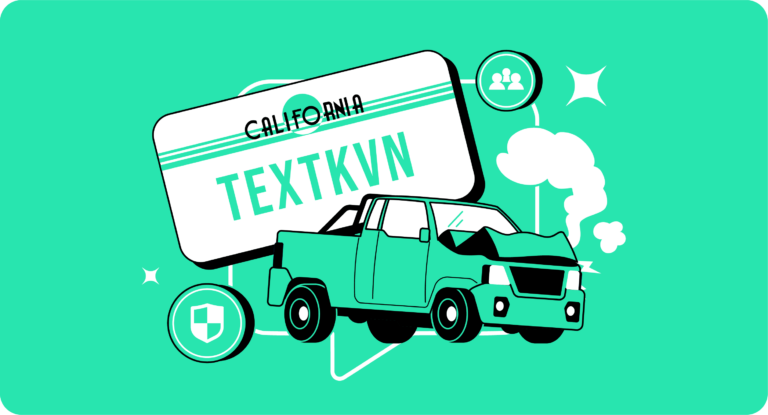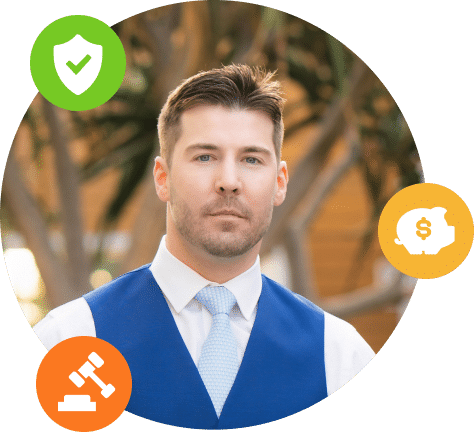Collisions, whether minor fender-benders or severe crashes, are events nobody wishes to encounter. Yet, every day, countless individuals face this alarming reality. When the dust settles and panic sets in, many are left wondering, “What’s the right course of action?” especially when someone is seriously injured. Preparing oneself for such unexpected circumstances is not just about being vigilant on the road; it’s also about understanding the vital steps to take in the aftermath. In this guide, we’ll walk you through a systematic approach to managing a collision scene where injuries are involved, emphasizing the significance of swift, informed decisions that prioritize safety and well-being.
Immediate Actions at the Scene
The moments immediately following a collision are crucial. The steps you take can have a profound impact on the health and safety of everyone involved. Here’s a structured approach to consider:
- Assess your safety: Before anything else, ensure you’re out of harm’s way. If it’s possible and safe, move your vehicle to the side of the road or another secure spot. Turn on hazard lights to warn other drivers of the situation.
- Check on the injured: Approach the injured person cautiously. While your first instinct might be to help move them, it’s essential not to unless there’s an immediate danger, like a fire. Disturbing an injured individual can exacerbate their injuries.
- Call 911: This should be done as soon as it’s safe to do so. Even if injuries appear minor initially, internal injuries or complications can arise later. Furthermore, a legal record of the incident can be critical for insurance and potential legal matters. Provide dispatchers with a clear picture of the scene, the number of vehicles involved, and the apparent severity of the injuries.
By handling these initial steps with a calm and systematic approach, you can make a significant difference in the outcomes for all involved. Remember, every situation will have its unique challenges; the key is to prioritize safety and call for professional assistance.
Providing First Aid
In the aftermath of a collision, the manner in which you assist an injured individual can be critical to their well-being. If you’re trained in first aid, immediately assess the person’s airway, breathing, and circulation, often referred to as the ABCs. Should the individual be unconscious but still breathing, consider placing them in the recovery position. However, if they’re a motorcyclist with a helmet on, it’s essential not to remove it; untrained removal could exacerbate potential neck or spinal injuries.
Limiting movement is crucial, especially if spinal injuries are suspected. Encouraging the injured to stay as still as possible can prevent further harm. When confronted with open wounds, using a clean cloth to cover them can help control bleeding. Meanwhile, even if the injured party is conscious and requests water, it’s generally advised to refrain from giving them any fluids, as consumption can complicate subsequent medical procedures.
Remember, the overarching goal is to stabilize the injured until professional medical assistance arrives. If you lack first aid training, your best approach would be to offer comfort and reassurance, ensuring they remain calm as you await emergency services.
Communicating with Emergency Services
Post-collision chaos can be overwhelming, but clear communication with emergency responders can make all the difference. When you dial 911, it’s essential to remain calm, offering a lucid description of the situation.
Begin by informing them of your exact location; if unsure, use landmarks or any available technology to pinpoint it. Then, provide a brief overview of the collision: the number of vehicles involved, the apparent severity of injuries, and any other immediate dangers like fires or potential blockages in the road.
Detailing any suspected life-threatening conditions is pivotal. This information helps dispatchers send the most appropriately equipped responders to the scene. For instance, noting unconscious individuals or those trapped inside a vehicle can be valuable details.
Throughout your call, listen carefully to the dispatcher’s instructions. They’re trained to guide callers, often providing advice on aiding the injured or ensuring the scene’s safety. By establishing effective communication, you not only hasten the arrival of help but also improve the chances of optimal outcomes for all involved.
Gathering Evidence
In the wake of a collision, once immediate dangers are addressed and medical concerns are in the hands of professionals, turning your attention to gathering evidence becomes crucial. This evidence can significantly aid future insurance claims or potential legal actions.
Start by capturing photographs of the scene. Aim for a comprehensive view, taking shots from various angles, showcasing the entirety of the damage, skid marks, road conditions, traffic signals, and any other pertinent details. While the immediate aftermath might seem too chaotic for photographs, they can serve as an invaluable tool in painting a clear picture of the event later on.
Witnesses can provide an independent perspective of the incident. If possible, approach any bystanders or other drivers who witnessed the collision. Gather their contact information—names, phone numbers, and addresses. Their statements might be pivotal in clarifying the sequence of events or determining fault.
Lastly, while memories are still fresh, jot down your personal observations and recollections. Describe the weather, lighting, and your own mental and emotional state before, during, and after the collision. These firsthand accounts can offer context, particularly when piecing together the moments leading up to the incident.
Remember, the objective of gathering evidence is not only for accountability but also to ensure that all parties involved have a comprehensive understanding of the event, facilitating fair and informed decisions in its aftermath.
The Importance of Insurance After a Collision
Collisions can be traumatic, and while immediate concerns focus on health and safety, the subsequent financial implications are equally pressing. Insurance stands as a bulwark against these challenges, offering both protection and peace of mind. Here’s why insurance is indispensable after a collision:
- Financial Buffer: Collisions come with a slew of expenses, from medical treatments to car repairs. Insurance provides a financial shield, covering these costs and preventing personal financial drain.
- Legal Support: In the face of disputes or potential lawsuits, insurance offers legal defense, helping you navigate complex legal waters with guidance.
- Peace of Mind: Beyond the tangible benefits, insurance grants the assurance that unexpected events won’t jeopardize one’s financial future.
- Guided Assistance: Insurance companies don’t just provide funds; they offer invaluable advice in the aftermath of a collision. This can range from organizing car rentals to understanding legal implications.
- Customized Coverage: Every individual’s needs are unique, and insurance policies reflect this. Whether it’s medical coverage, uninsured motorist protection, or comprehensive plans, insurance can be tailored to offer the most relevant protection.
In essence, insurance isn’t just about recovering costs; it’s about ensuring stability, guidance, and a safeguard against the uncertainties that come in the wake of a collision.
After the Incident
The immediate hours and days following a collision can be a whirlwind of emotions and responsibilities. Beyond the immediate scene, it’s essential to keep a few more considerations in mind:
- Seek Medical Attention: Even if you feel fine, it’s crucial to see a doctor. Some injuries, like concussions or internal injuries, might not present symptoms immediately. A medical professional can identify and address any underlying issues, ensuring you’re truly in the clear.
- Contacting Your Insurance Provider: Inform your insurance company about the incident as soon as possible. This timely reporting can help expedite claims processing. Your insurer can guide you through the necessary steps and documentation, ensuring that you maximize your benefits.
- Documentation: Alongside the evidence gathered at the scene, keep a detailed record of everything that follows. This includes medical bills, therapy sessions, any days of work missed, and even your personal account of the emotional and physical aftermath.
- Stay Informed: If law enforcement was involved, obtain a copy of the police report. It’s an unbiased account of the collision and can be invaluable for insurance and legal proceedings.
In the aftermath of such a traumatic event, being proactive and informed can help ease the recovery process. It’s about ensuring your health, securing your financial position, and navigating the administrative and legal intricacies with confidence.
Collisions are undeniably jarring events, both physically and emotionally. By understanding and acting upon the essential steps—from ensuring immediate safety to comprehending the significant role of insurance—you equip yourself to navigate these challenging times more effectively. Preparedness and knowledge are your best allies.
And remember, if ever in doubt about your insurance needs or seeking reliable coverage, reach out to Crockett Law Group at (800) 900-9393. We’re here to support and guide you through life’s unexpected moments.








